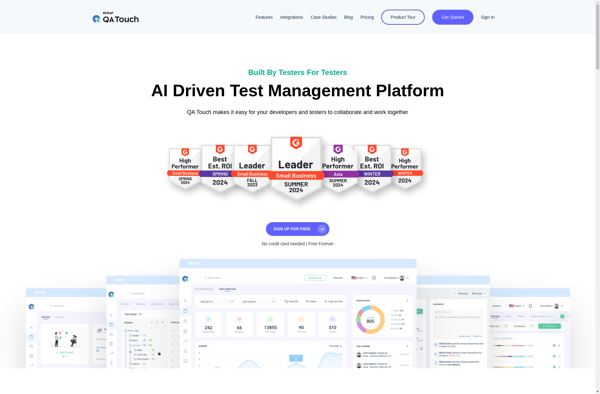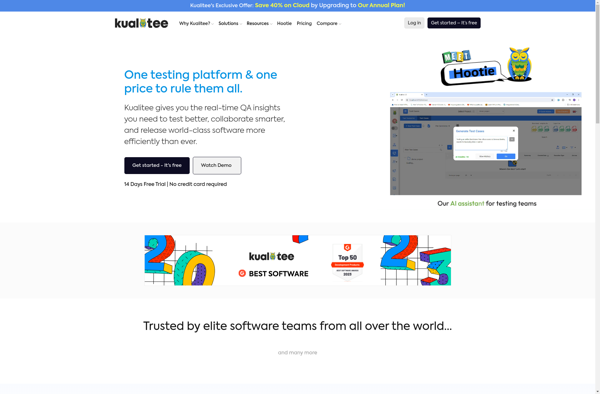Description: QA Touch is an open-source test automation framework for mobile and web apps. It supports cross-browser testing and offers recording, scripting, and reporting capabilities to streamline test creation and execution.
Type: Open Source Test Automation Framework
Founded: 2011
Primary Use: Mobile app testing automation
Supported Platforms: iOS, Android, Windows
Description: Kualitee is open-source test management software for quality assurance teams. It allows users to create test cases, organize them into test plans, execute test runs, log test results, track bugs and defects, and generate reports.
Type: Cloud-based Test Automation Platform
Founded: 2015
Primary Use: Web, mobile, and API testing
Supported Platforms: Web, iOS, Android, API

